
Historic Israel-Gaza Ceasefire: Can This Truce Hold?
Israel and Gaza have agreed to a historic first-phase ceasefire. Explore the terms, global reactions, and whether this truce can lead to lasting peace.
My Global News: Voices of a New Era
🌍 Stay Ahead, Stay Global 🚀

Israel and Gaza have agreed to a historic first-phase ceasefire. Explore the terms, global reactions, and whether this truce can lead to lasting peace.
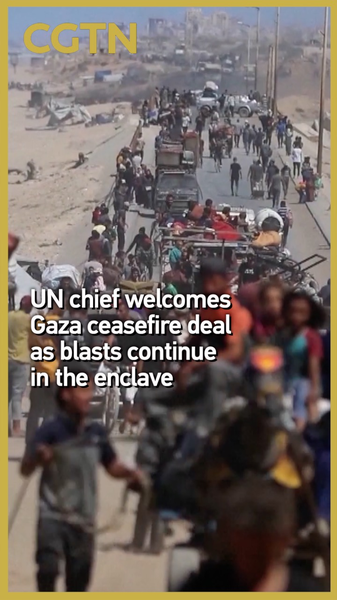
UN Sec-Gen Antonio Guterres welcomes the new Gaza ceasefire and hostage release deal, urging aid access as blasts continue to rock the enclave.
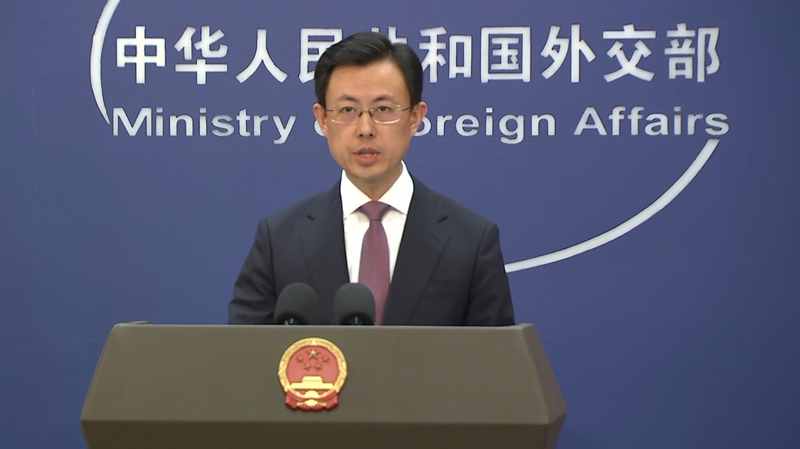
China’s foreign ministry urges an immediate, permanent Gaza ceasefire to alleviate civilian suffering and reduce regional tensions.

Egypt reports Gaza ceasefire’s first phase to kick in Thursday at noon as an ERC convoy laden with critical aid crosses Rafah amid cautious optimism.
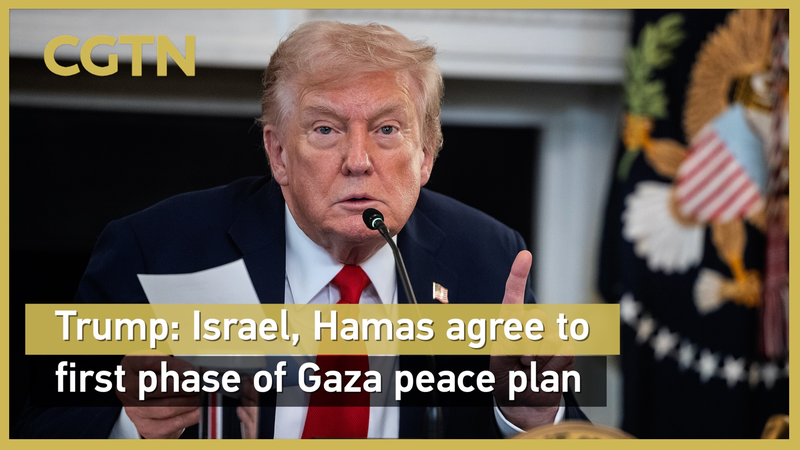
Israel and Hamas have agreed to the first phase of a Gaza peace plan, including a ceasefire, hostage swap, aid corridors and troop withdrawals, marking a key diplomatic milestone.

Israel and Hamas have reached the first phase of a Gaza ceasefire. Experts say the focus now shifts to implementing the agreement and navigating political hurdles.
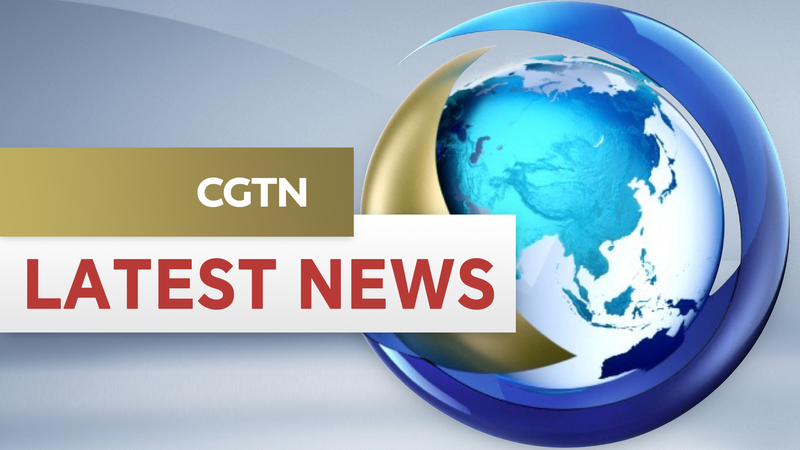
Hamas has submitted the names of Palestinian prisoners for potential release under a recent agreement. Final publication awaits approval from all parties involved.

The Israeli army has cautioned residents not to return to northern Gaza, warning that Gaza City remains an active combat zone.

Israel and Hamas sign the first phase of Trump’s Gaza peace plan; UN pledges aid and reconstruction support. Follow live updates and expert insights.
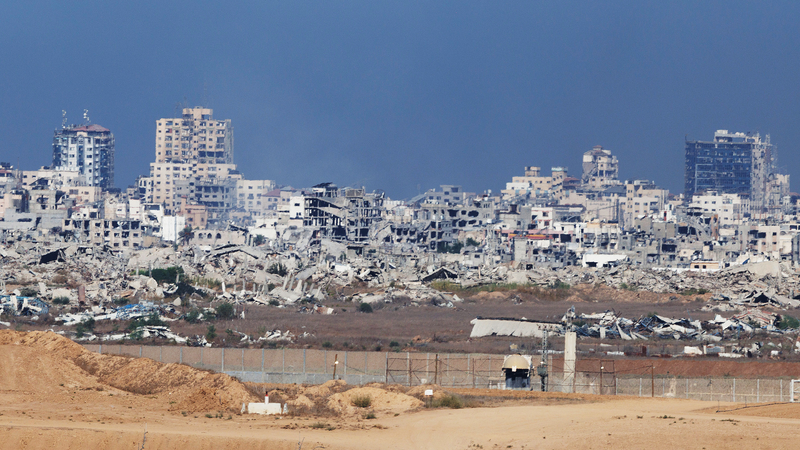
Israel and Hamas have signed off on the first phase of Trump’s Gaza peace plan, paving the way for hostage releases, troop withdrawals and urgent aid deliveries.